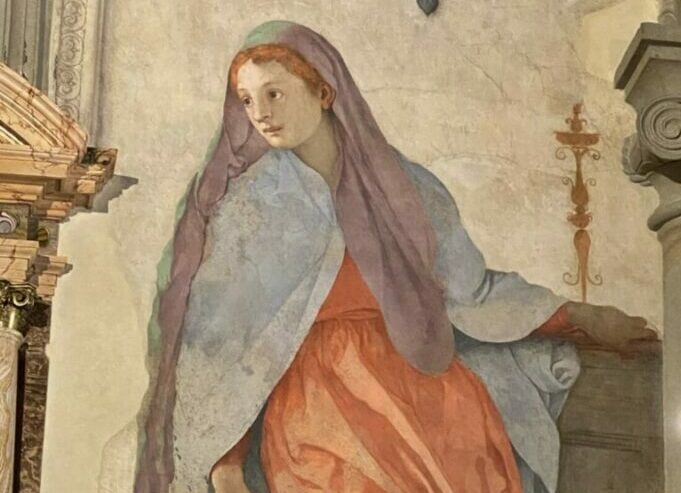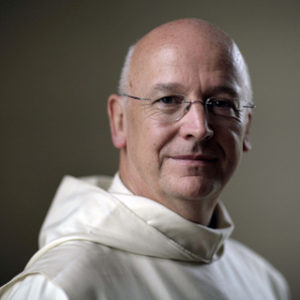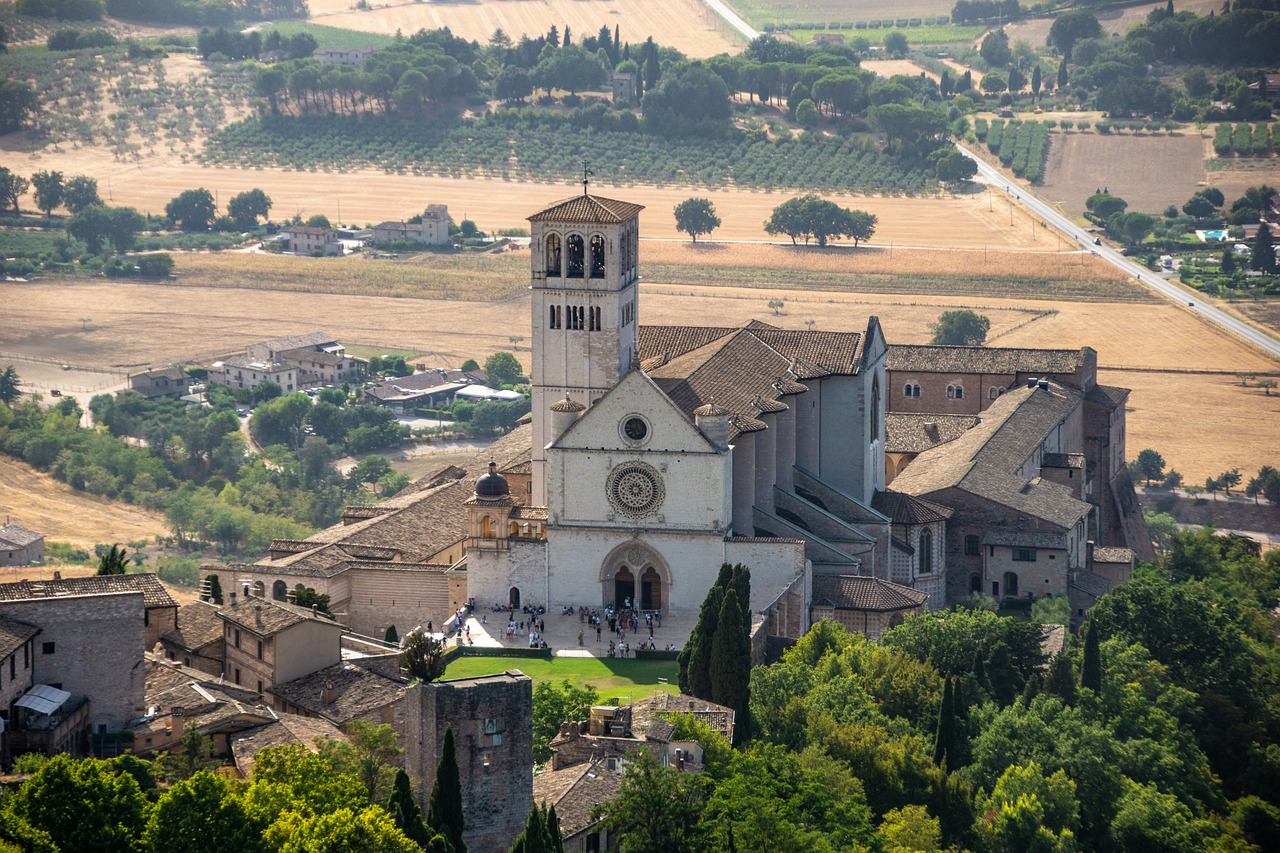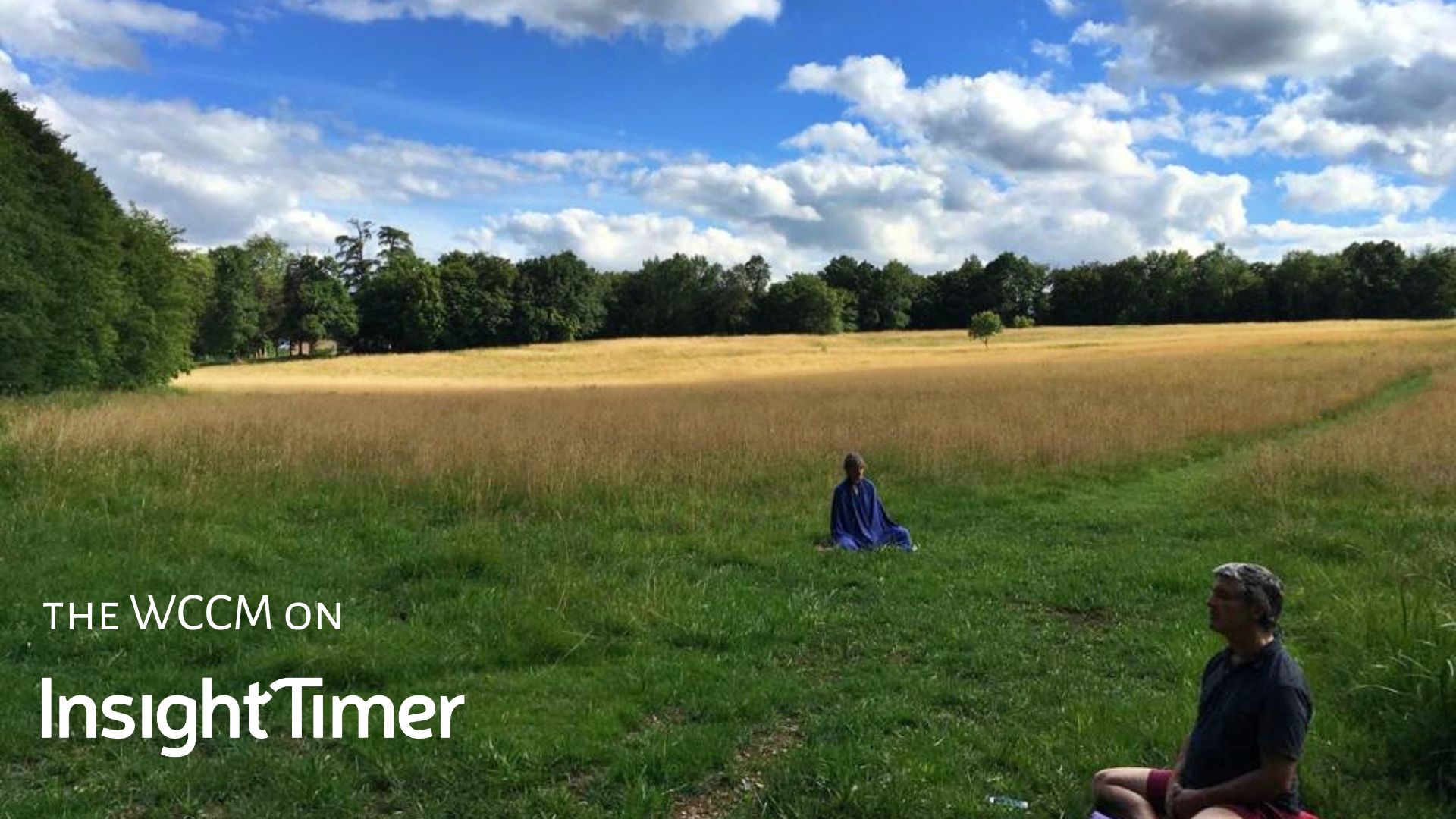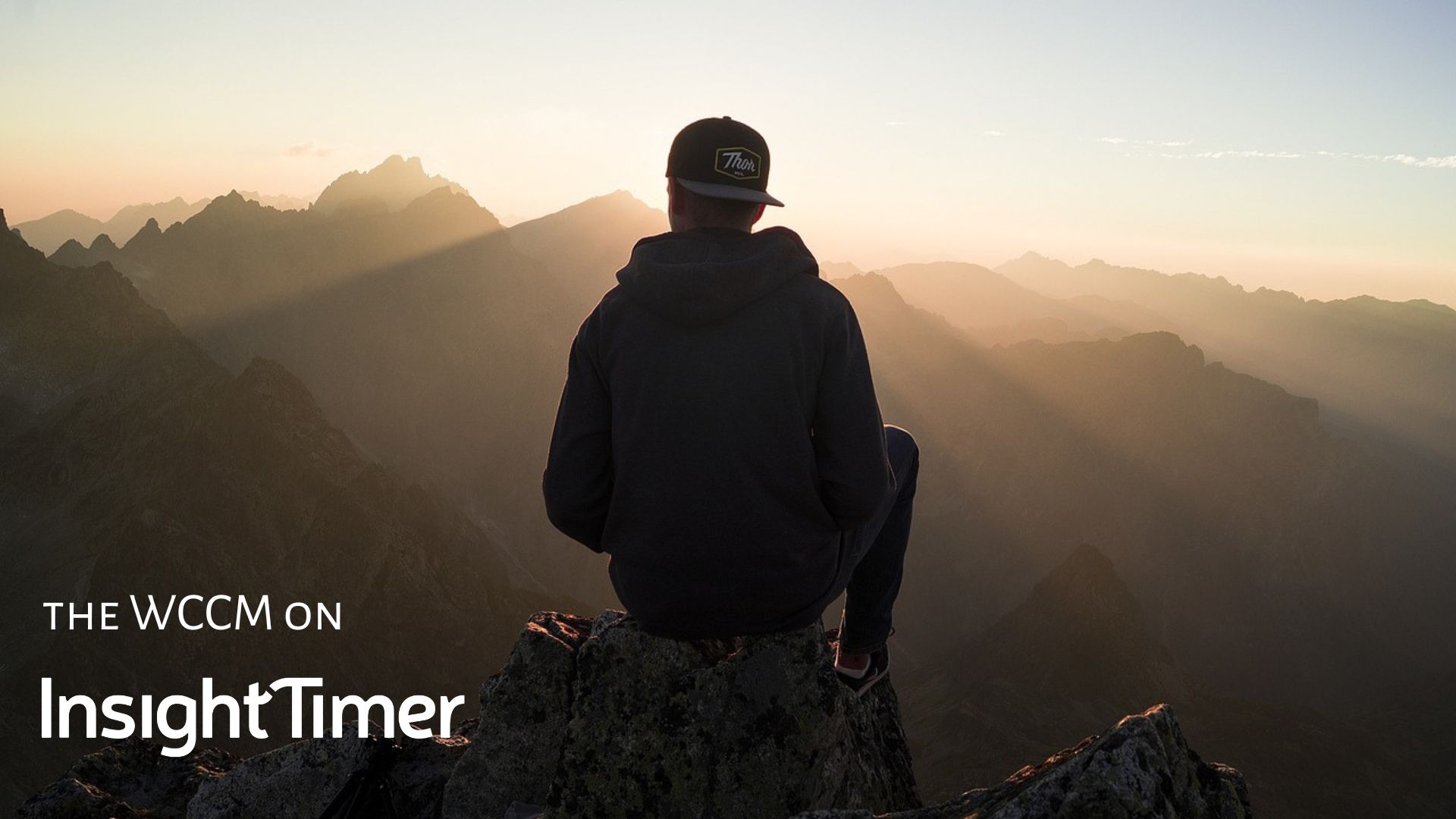Also Listen on:
There is a scene in Shakespeare which always makes butterflies in my stomach. Gloucester, an old man, blind, alone and in despair, wants to kill himself. Edgar, his son meets him but is in disguise. He leads his father to a spot on level ground but persuades him that they are standing on the edge of a high cliff. ‘How dizzy ‘tis to cast one’s eye so low’ he says and then conjures up in giddying words the exact feeling of looking straight down from a great height. Gloucester is persuaded that he’s on the edge of a cliff, sends Edgar away and jumps. In fact, he merely drops to the ground. Edgar plays another character on the beach who finds him unharmed after his ‘topple down headlong’. ‘Thy life’s a miracle’, he tells his father who is soon reconverted to life’s hope and replies, ‘henceforth I’ll bear affliction till it do cry out itself ‘enough, enough!’ and die.’ He had learned, through loving deception, to embrace his own anxiety.
Kierkegaard defines anxiety – from which no human being is exempt – as our disturbing feeling of freedom in the ‘possibility of possibility’. Differently, but he too imagines standing on the edge of a cliff or tall building. Looking over the edge we feel nausea at the idea of falling while also feeling a frightening impulse to jump. We must choose between dreadful possibilities. Like Shakespeare, Kierkegaard calls this ‘dizziness’: the ‘dizziness of freedom’.
Birth and death are closely linked and frighten us equally. Birth-trauma creates death-anxiety. In the grip of fear, we look for something, anywhere, to hope in, often putting ourselves in greater danger with false hopes invested in false messiahs. Our dizziness and sense of dislocation spin out of control.
Anxiety is like an energy dammed up in the unconscious. Yet, ‘there is nothing hidden that will not be made known’. Liberation from anxiety or dread involves metanoia, expansion of consciousness, from un-selfconsciousness to post-self-consciousness. This means moving from being controlled by unknown forces while fixated on them, ignorant of what they are, to a place of freedom where we have cleared the block of self-consciousness and see what’s real and what isn’t.
We vaguely ‘feel’ anxious while being unable to identify any actual object of fear. If it grows out of control, it takes over our life. We see it encroaching in our minds like an incoming tide that we cannot turn back. We can’t defeat it or escape it: so we must embrace it. This is a life-process. At some points we may have great pitched battles with our anxiety. At others they are slight skirmishes. Little by little, however, we learn to face and embrace it and then to welcome the liberated, transformed energies that flow into us. They empower us for life with unexpected freedom and vitality.
Embracing anxiety is the workload of contemplation. As we accept it, we find, instead of the seesaw of fear and hope, a peace beyond understanding born of simple trust, pure and simple trust in the ground of our being.
We will recognise all this again in Holy Week. The Passion of Christ will teach us to fall or even jump if necessary but, either way, to trust.

